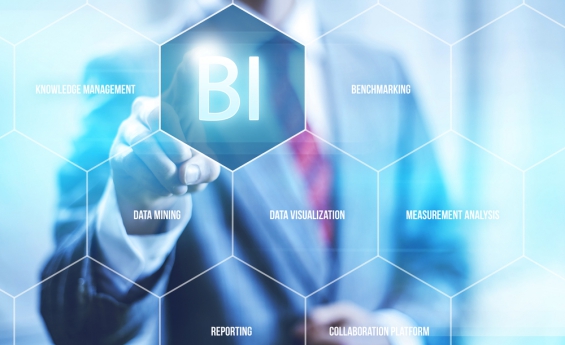How Does Business Intelligence Help in Measuring the Impact of PR Campaigns?
Over the years, BI (Business Intelligence) has been setting new standards in overall organisational development of various businesses. As we know, BI employs Online Analytical Processing (OLAP) that allows us to extract data selectively based on our requirements and criteria.
BI is known to have impacted businesses in ways unfathomable. The most noticeable of all has been in Public Relations.
Public Relations are what control the reputation of a business in the market/among the public. It helps strengthen the relationship of the organisations and the public, thus making its own place.
Here’s how Business Intelligence in India, has joined hands with digital marketing, to improve the Public Relations campaigns:
- Goodbye Guesses! Hello Accuracy!
Before BI came into picture, the collection of data from different areas, and further analysing them was done manually. Collecting feedback on how the campaigns worked was done purely based on instincts. They were thus, obviously, inaccurate.
With BI stepping into the picture, data from every social media platform or websites were collected selectively based on the requirement.
With BI, it was made possible to incur insights from various platforms on how the campaigns were performing and where. Based on this, the cost involved in the traditional trial and error method of campaigning came down drastically. BI helped identify forums which worked better for the business, leaving out those that did not give them the desired results.
Every action/engagement on the campaign was monitored closely with BI and it helped analyse what the customers liked better. Based on this, content was created that made the campaigns more search engine-friendly.
- Real-Time Business Analytics
Earlier, before BI was employed, a group of analysts manually derived the data regarding the campaigns from various sources. This took a long time. Once the data was collected, it was put forth and analysed.
By the time the results were concluded of how the public relations campaigns worked, it was most assured that there could have been a lot of changes in the statistics, from the date of collection. It was therefore evidently known that the analysis wasn’t close to accuracy.
With BI, real-time analysis of data becomes possible. This system allows all the forums to be monitored, simultaneously. Any changes in the statistics and percentages are also updated as and when there is engagement. This saves time and reduces the number of resources required, drastically.
- Edit Your Campaigns Anytime
Without BI, here’s how the campaigns were dealt with. Businesses would post their campaigns to enhance public relations and wait for outputs. Everything had to be in place before the launch. Then, there was a long waiting period.
With real-time analytics, it is possible to monitor how the responses rise or fall in various campaigns. Let’s say you see a campaign not functioning as well as you expected it to; you get to analyse it and see where the problem lies. If you spot a keyword not serving the purpose, edit it and add on a more appropriate keyword. BI allows editing campaigns even after they are launched.
These ways might seem to be simple. But the impact has been huge and every organisation is now resorting to the same method of employing BI to run the PR campaigns and analyse them, for faster, yet accurate results.
The key criterion for PR campaigns to perform better is to have better knowledge of the target audience and their activities and interests on various social platforms. With BI, all of these data is served to us on a platter. All we have to do is to tweak the campaigns, based on analytics.
The post is by Ashly William, a freelance writer, with years of experience, creating content for varied online portals. Her content is published on many national and international publications. She has expertise in writing about business services and marketing.


